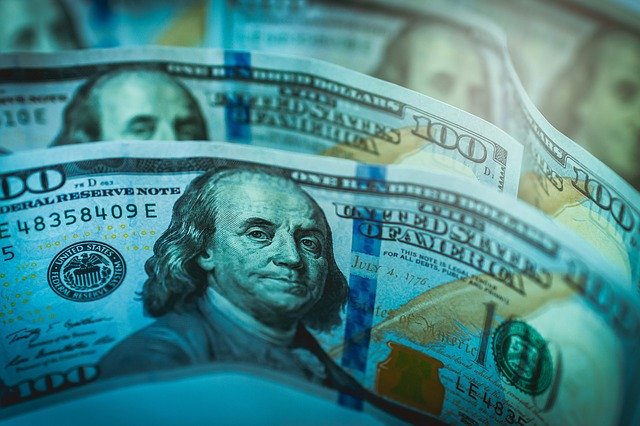ETFs listed in the US and Europe suffered record redemptions worth $33bn in the first three weeks of March, according to a recent flows report from Société Générale.
The global coronavirus outbreak prompted the financial market to nosedive in the final half of February and the majority of March which saw some asset classes suffer more than others.
Fixed income ETFs paid the heaviest price as the asset class faced an all-time high redemption of $34bn, which was mostly driven by corporate bonds, emerging market debt and inflation-linked bonds. However, net flows were partially offset by inflows into sovereigns.
The significant outflows for the fixed ETF market and the lack of liquidity led to 80% of bond ETF discounts widening to all-time highs. Some investors trying to sell out of the Vanguard Total Bond Market ETF (BND) had to take a 6.2% cut to the net asset value (NAV), causing uncertainty around the fair value of the underlying bonds.
The discounts have split the investment industry with critics claiming this highlights ETFs provide "an illusion of liquidity" while proponents of the wrapper say the ETF price reflects the fair value of the underlying bonds.
Elsewhere, equity ETFs lost $2bn in net flows with global, emerging market and Japanese equity exposures taking the majority of the losses. Most factor exposures hemorrhaged assets including low volatility, momentum and growth as well as multi-factor.
The negative net flows remained low as some investors bought the dips. US benchmarks reported inflows of $23bn as well as ETFs with exposure to major European indices such as MSCI Europe and FTSE 100 received significant inflows too.
Another area that posted positive net flows for the period was environmental, social and governance (ESG) ETFs which gathered $2bn in assets.
Assessing the long-term impact of coronavirus
Despite the erratic gold price, gold ETPs appeared to be the most popular safe haven for investors when seeking refuge from the volatile markets. March is set to be the fourth consecutive month gold ETPs received positive net flows having pulled in $3.4bn in the first three weeks of the month.
By 21 March, the price of gold was at $1,540/oz but Invesco’s market strategy team forecasts the price of gold could climb 13.6% to $1,750/oz over the next 12 months.
Invesco forecasted the worst-case scenarios for the next year which could see the S&P 500 fall to 1,400 points meaning that would be a decline of 54.7% from the beginning of March 2020.
The best-case scenario would see the price of gold falling to $1,325/oz as the S&P 500 settles at 3,000 in 12 months time, roughly where it was at the beginning of March this year.
More sector-specific, Invesco highlights that the travel and leisure industry will be heavily impacted by the lack of operations in the present circumstances. Unsurprisingly, manufacturers of medical equipment, toilet paper, hand sanitisers and food are all set to benefit from recent events.
The damage suffered by the Chinese economy during the first quarter of 2020 remains unknown but declines in retail sales and fixed asset investment suggest that China’s GDP will have declined during Q1.
Paul Jackson, global head of asset allocation research and thought leadership, Invesco, said: “This is not the year we were expecting, nor do we know how it will end. Anything seems possible.
“Cash seems to be the one asset that has remained decorrelated but that could change if the banks have problems.”




